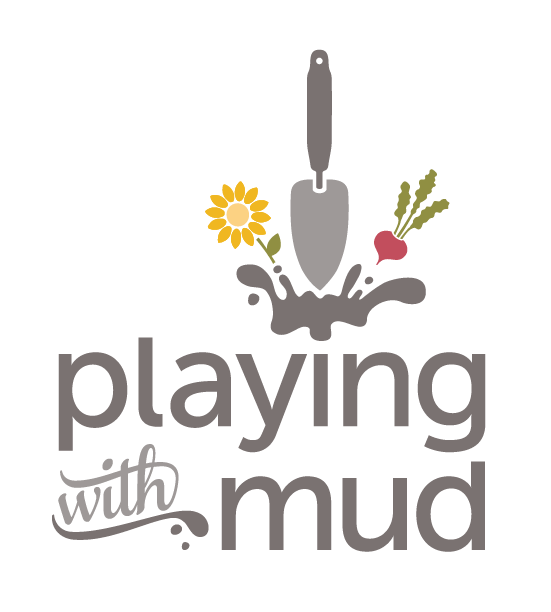It is the time of year to begin sowing seeds indoors and it is one of my most favorite garden activities because it’s a big step towards this year’s garden. I always have the best intentions of starting some of the slow-to-germinate seeds in January and then suddenly it’s February and I’m racing the calendar to get the grow room set up. Over the years I have expanded my seed starting supplies, but the process and results always end up the same. It goes something like this: put some dirt in a container, plant a seed, place it by some light, water, and wait. If you’re like me, waiting means checking in multiple times a day until that magical seed pushes its way through the surface. Whether you are starting seeds for the first time, have been growing for years, or just curious about the process, here are four (last month we talked about seed labels, otherwise I’d say “five”) aspects to consider:
Containers: There are many creative ways to think about containers. I’ve seen pop (soda) cans, newspaper, soil blocks, and more. I’ve collected various sized containers over the years, unfortunately mostly plastic, so I wash and reuse them. If you plan to re-purpose containers you already have, make sure to wash them first to clean out any bacteria that may be hanging around. I like to start with small containers so I can maximize space, knowing that at one point I will need to up-pot (move the seedling to a larger pot to keep from getting root bound). Whatever container you choose to use, make sure it’s clean and provides drainage (you don’t want those roots to get waterlogged).
Soil: You will eventually get tired of hearing me talk about soil (or will come to predict that I’ll incorporate it into every gardening conversation) because for me it is the number one ingredient for a healthy garden. The soil creates an environment for the seed to germinate and then continues to feed it with the nutrients it needs to grow into a productive plant. Potting soil is usually the recommended starter for seeds; however, I have always used with compost. Potting soil usually has very few nutrients, so once the seed does germinate it will need nutrients through a fertilizer. On the other hand, compost is nutrient dense, which can be overwhelming for the seed during germination. For these reasons, I now take a bag of potting soil and a bag of compost and stir it up (so a 50/50 mix). Layering could also be done by placing compost into the bottom of the container and then adding a layer of potting soil to the top; this way, as the roots deepen, they will reach the nutrient filled compost layer. I prefer a 50/50 mix because I rarely use fertilizers (use natural and organic options when used) so prefer to lean on the nutrients and organic matter from the compost.
Water: This is an area I have had many misadventures! I LOVE to water my seeds and plants, and what I mean by this is I keep pouring until things get soggy and soup-like (what can I say, I live in Seattle!). Over watering can cause root rot and becomes a perfect home for bugs to breed. I have also forgotten to water and found a beautiful tomato sprout shriveled and in a hockey-puck of dirt. When it comes to watering, it’s all about moderation. The goal is to let the soil dry just enough, keep it moist, and not waterlog your plants. How much water you need will all depend on the environment of the growing space. The best way to test is to poke your finger into the soil a half to full inch, if it feels dry add some water, if it feels wet leave it alone for a day or two, and if it feels moist then it is just right! Since moist is the ideal makeup, mix some water in to your 50/50 soil mix before sowing seeds, that way you already have moistened soil!
Light: All plants need different amounts of light, that’s why you’ll see labels like “full sun” or “partial shade”. Although this is true for the mature plant, it is not true for the seed. All seeds need light, and lots of it. Seeds need up to 15 hours of light when they are in the germination stage. Since not everyone lives in a part of the hemisphere that can supply that much light, grow lights and windowsills are often used. After researching grow lights, I landed on purchasing T5 fluorescents (this article was the final deciding factor), but until now I have used the overhead lights in my house and windowsills. I have moved to using grow lights because I found my seedlings to get “leggy” (tall, spindly) because they were not getting enough light. I now start my seeds off with 12-15 hours of light a day for the first four weeks. Eventually they will receive at least that amount as they move outside, so it makes that transition easier. Since I obsessively check on my seeds, I have a routine of turning on/off the lights, but for those that would prefer to talk to humans instead of dirt, timers work great!
Starting seeds can feel overwhelming or intimidating, but I have experienced it to be a very forgiving and somewhat flexible process. As long as there are the four elements (plus the fifth being “seeds”) above, it is very probable your seeds will germinate, turn to sprouts, and grow into productive plants! And, if you feel like something is going awry, send me a message because its likely I’ve been down that road too! Remember, have fun playing in the mud!




